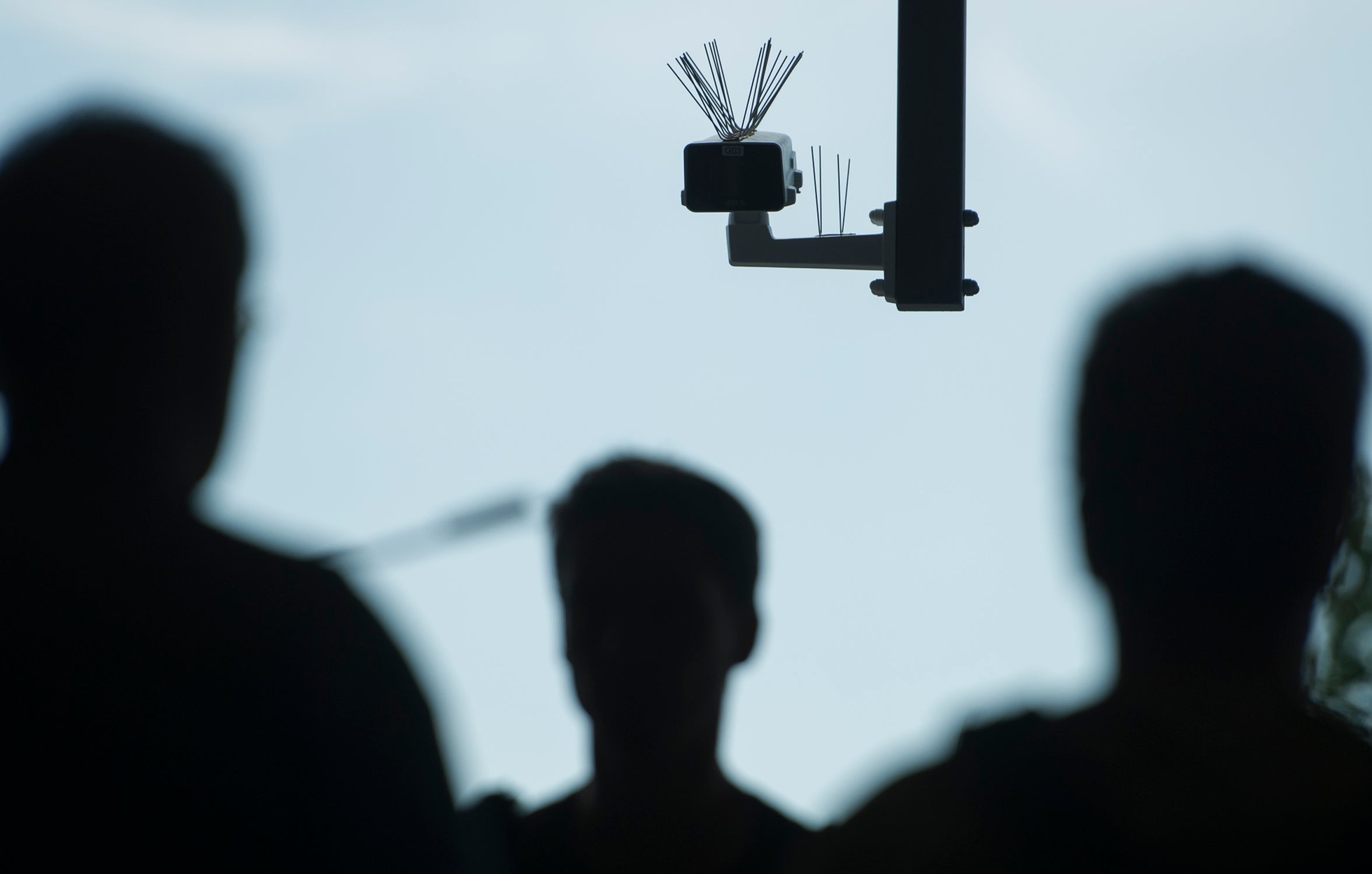Horrifying ‘Follower’ art project shows just how easy it is to track people down

Your support helps us to tell the story
From reproductive rights to climate change to Big Tech, The Independent is on the ground when the story is developing. Whether it's investigating the financials of Elon Musk's pro-Trump PAC or producing our latest documentary, 'The A Word', which shines a light on the American women fighting for reproductive rights, we know how important it is to parse out the facts from the messaging.
At such a critical moment in US history, we need reporters on the ground. Your donation allows us to keep sending journalists to speak to both sides of the story.
The Independent is trusted by Americans across the entire political spectrum. And unlike many other quality news outlets, we choose not to lock Americans out of our reporting and analysis with paywalls. We believe quality journalism should be available to everyone, paid for by those who can afford it.
Your support makes all the difference.A new art project, named “The Follower”, shows just how terrifyingly easy it is to be tracked in real life.
The project uses open CCTV cameras, alongside artificial intelligence software, to track down video of Instagram photos being taken. It was created by Belgian artist Dries Depoorter, who built a system that was able to take an Instagram image and find video of that same moment from public cameras.
Mr Deporteer created the system by recording open video cameras for weeks, and scraping all Instagram photos that had been taken and tagged at those same locations. He then used artificial intelligence software to compare the Instagram photo with the video, and tie the two together.
That allowed him to post a number of videos where people were shown taking those staged images.
It follows a number of similarly innovative art projects created by Mr Depoorter, including a system that ranked how often Belgian politicians looked at their phones and an app that allowed people to chat to each other only when their phone was on less than 5 per cent battery.
Mr Depoorter’s latest “The Follower” project was met with horror on Twitter, particularly from women who voiced their concerns about how the system could be used. Others noted that the project was intended to highlight exactly that concern.
Many people pleaded with him not to release the system more broadly, though it is not clear that it could be used in any more general way. It would be much more difficult to use it to locate one specific person, for instance, or to track people in quieter areas.
And suggested that the same kinds of systems were probably already being used with a much larger scope by surveillance companies and governments.
Fabien Bantou, a developer who works at the European Parliament, noted that it would be naive to assume that “surveillance companies and institutions don’t have something equivalent run by dedicated teams of expert in computer vision and scalability for years”.
But he also noted that using the system for broader applications would be much more difficult. The system relied on two very popular, public sets of data – Instagram photos and cameras at busy spots – and to do so with more data that was not so easily tagged would be far more difficult, he noted.
Join our commenting forum
Join thought-provoking conversations, follow other Independent readers and see their replies
Comments